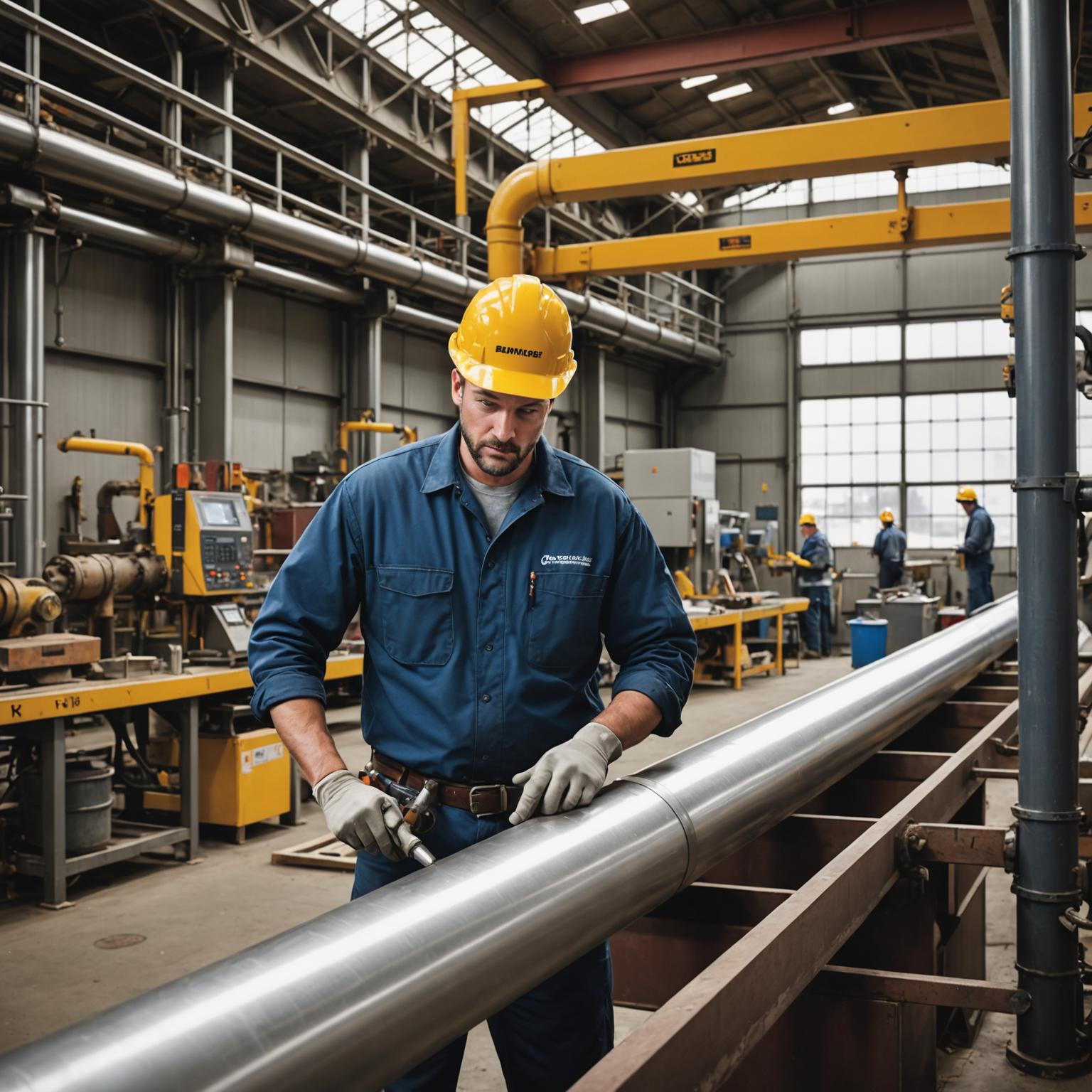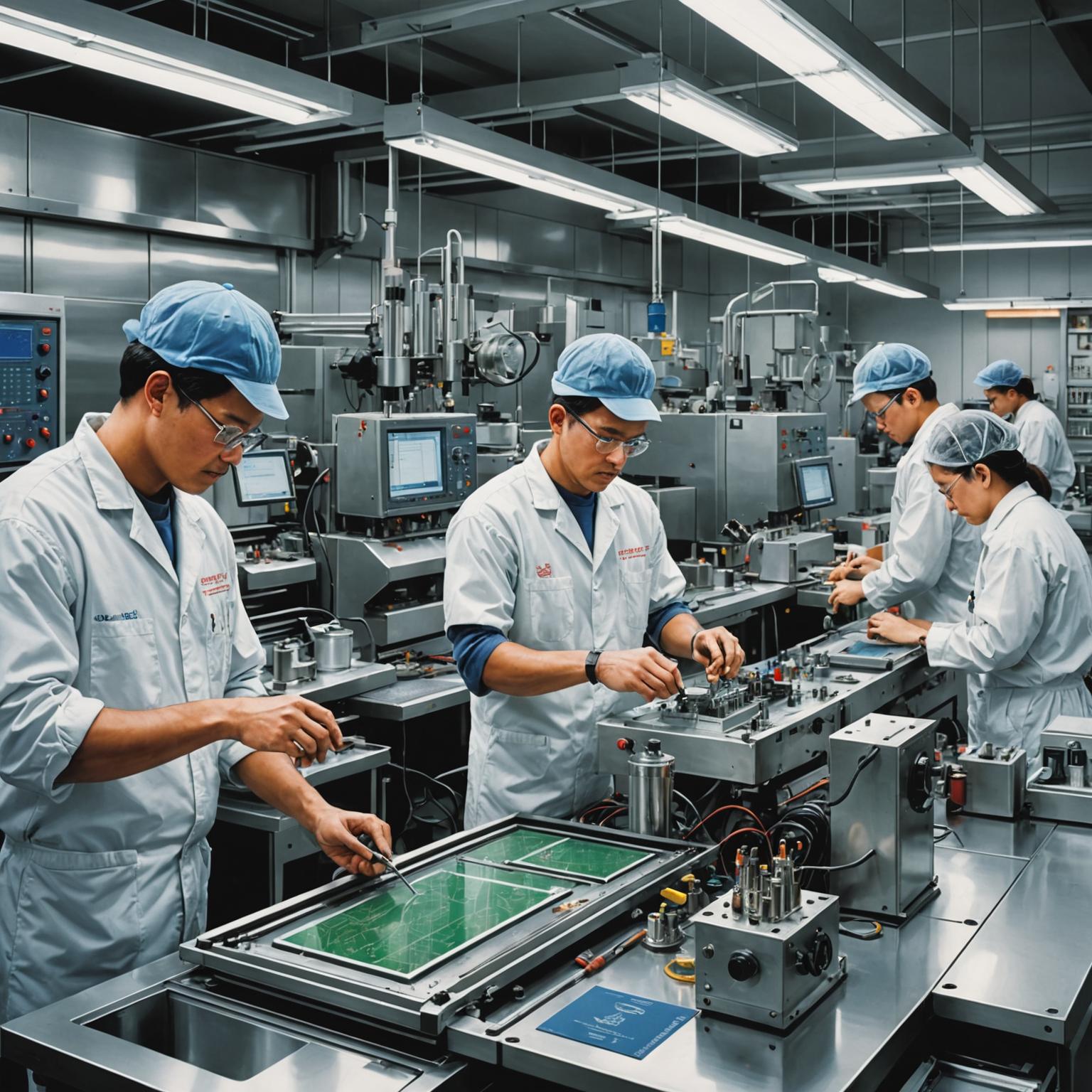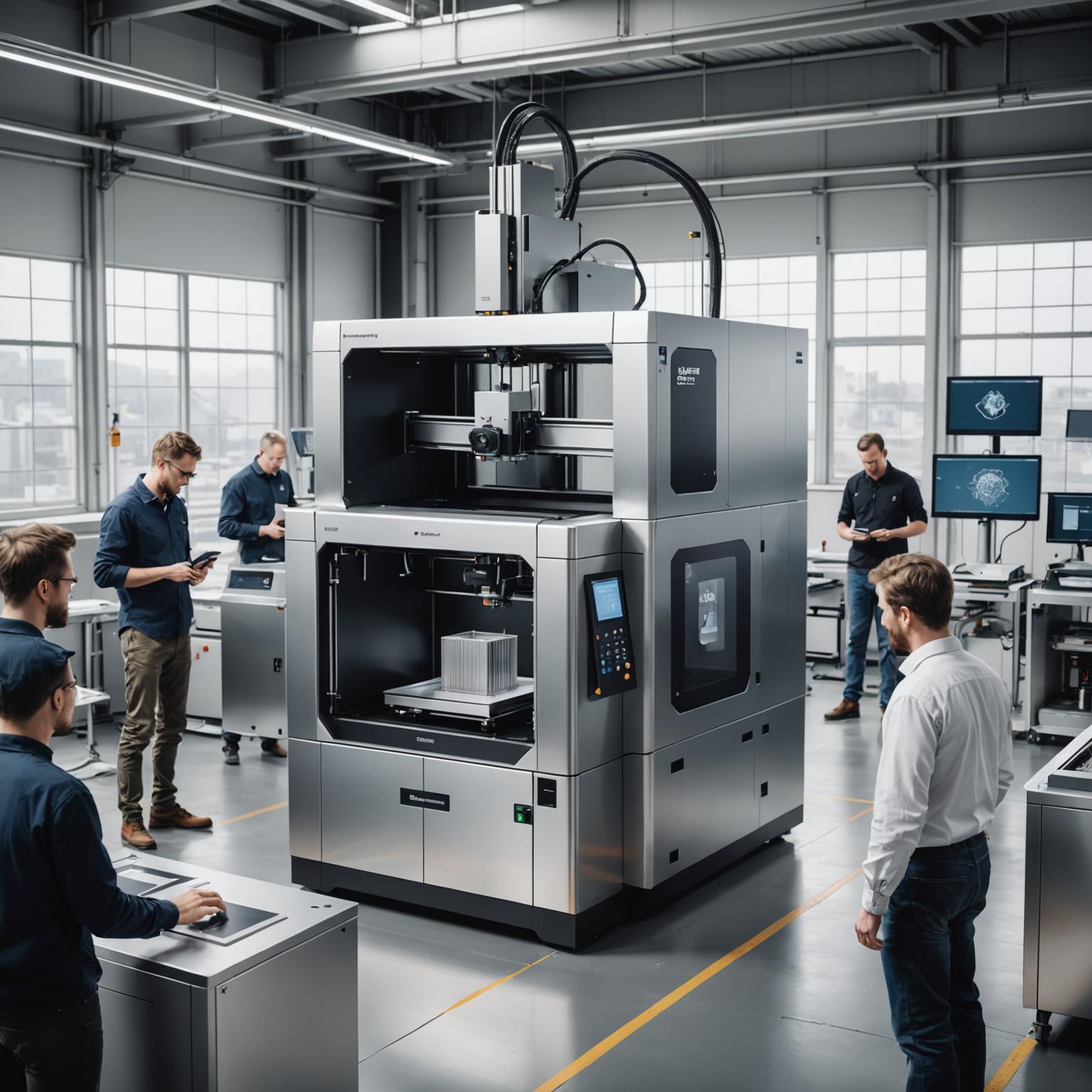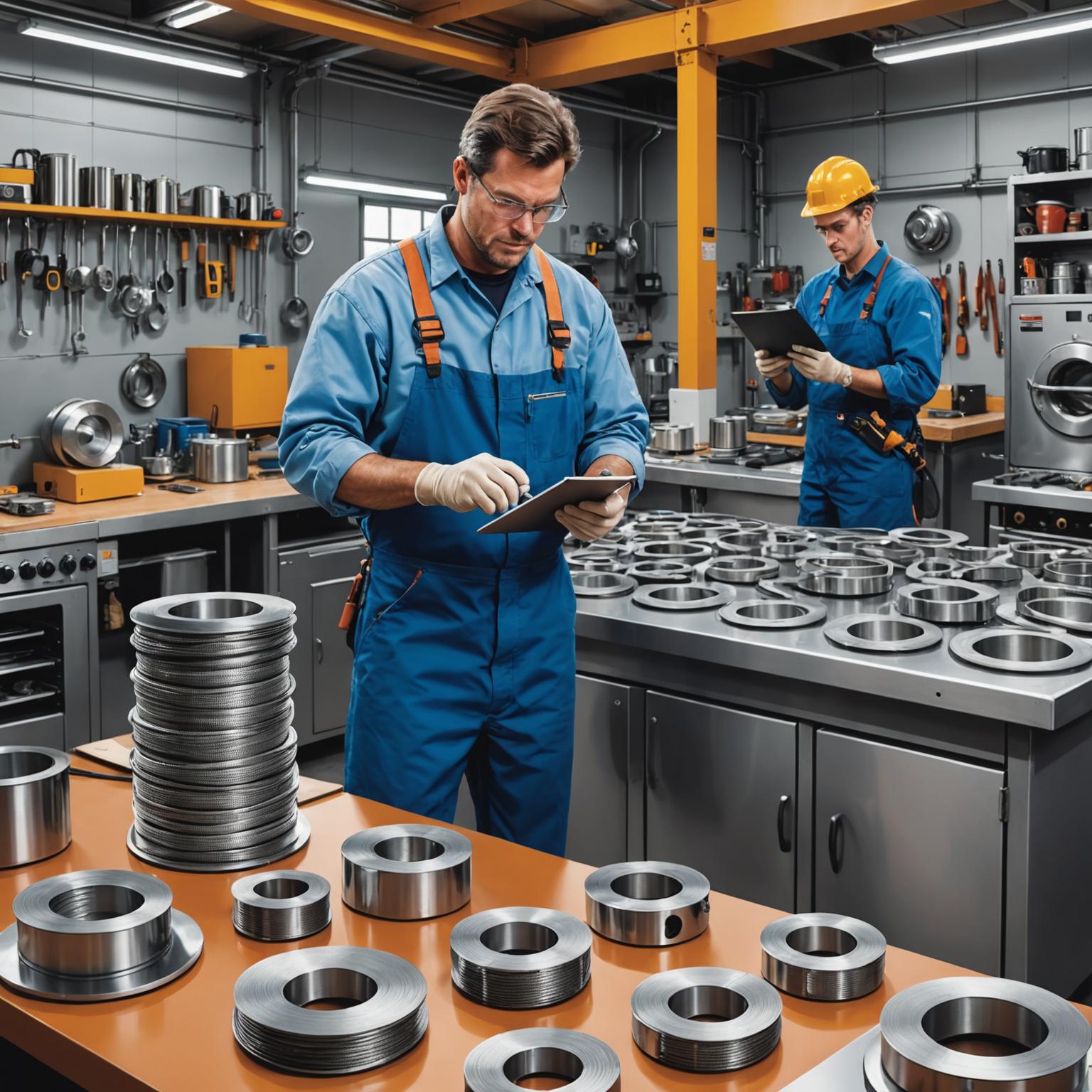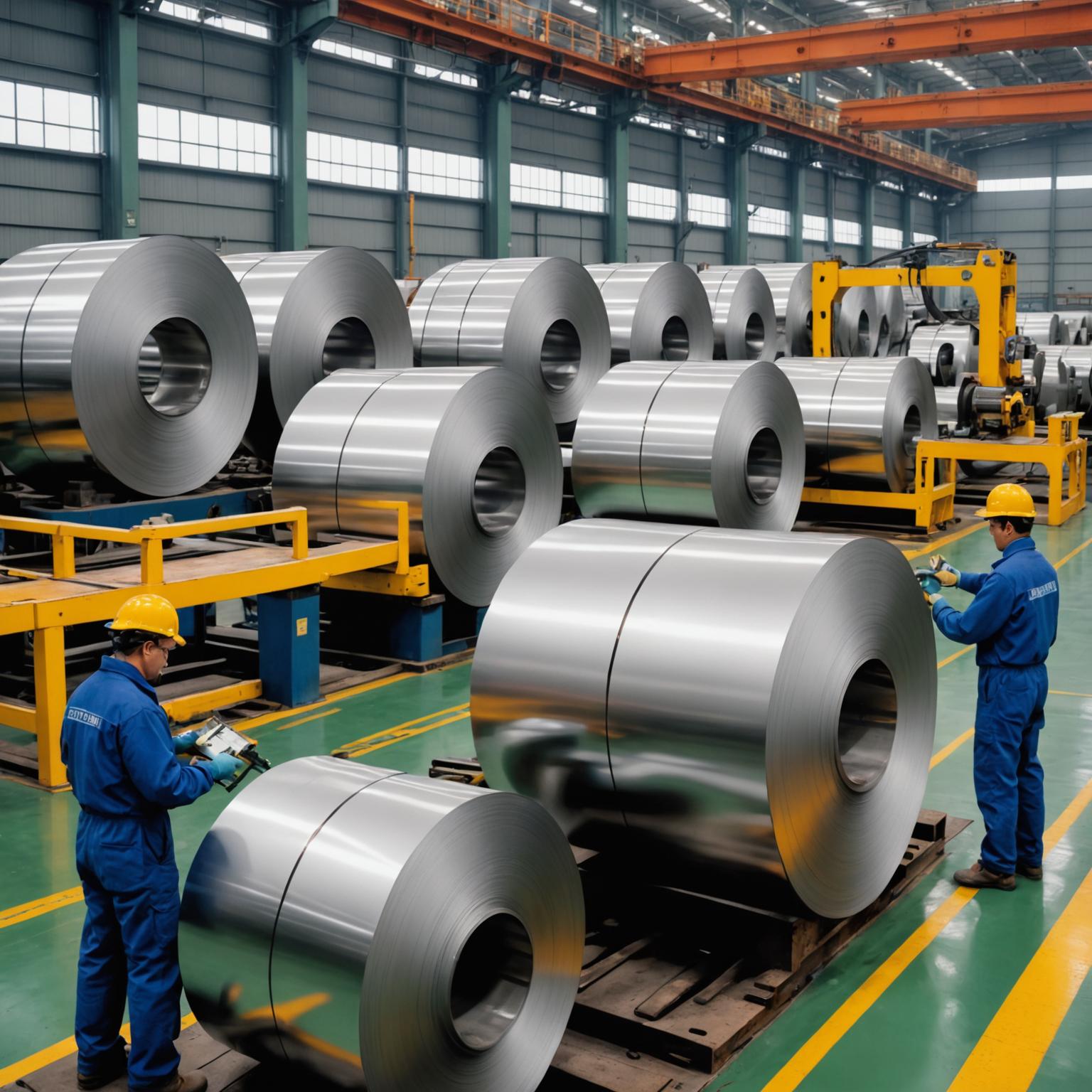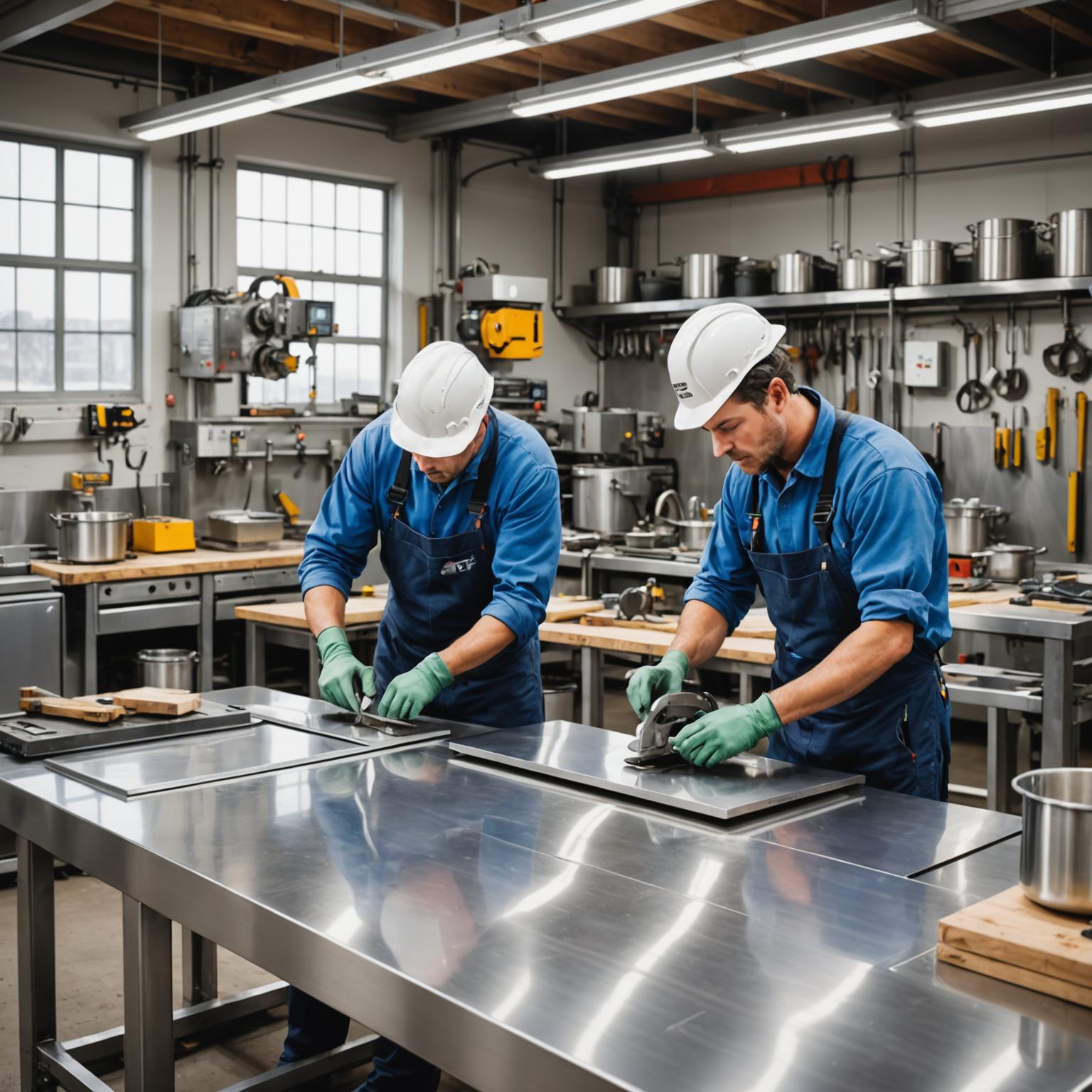A Practical Guide to Choosing Your Ideal Stainless Steel Sheet
When embarking on a new industrial, architectural, or manufacturing project, the choice of materials is a foundational decision that impacts longevity, performance, and aesthetics. Among the most versatile and reliable materials is stainless steel, but navigating the various grades can be challenging. This guide will help you understand the key differences and applications of the most common high-performance grades, specifically the 304L/316L stainless steel sheet, to ensure you make the most informed decision for your needs. For projects demanding precision and quality, partnering with a knowledgeable supplier like Span International can provide access to premium materials and the expertise needed for success.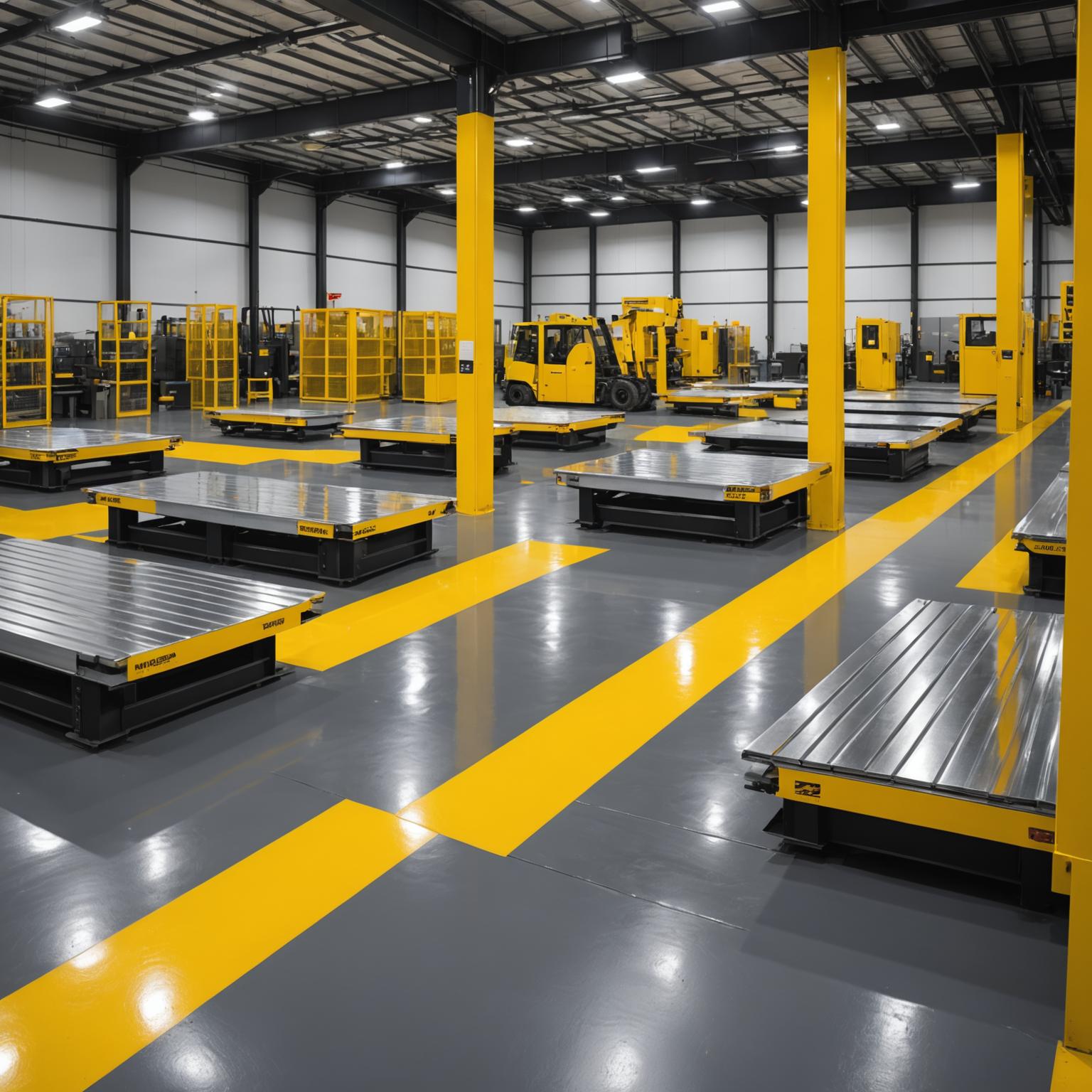
Understanding the Fundamentals of Stainless Steel
Before diving into specific grades, it's helpful to understand what makes stainless steel “stainless.” At its core, stainless steel is an iron-based alloy containing a minimum of 10.5% chromium. This chromium is the magic ingredient; it reacts with oxygen in the air to form a thin, invisible, and corrosion-resistant layer of chromium oxide on the steel's surface. This passive layer is self-healing, meaning if it gets scratched or damaged, it will reform, protecting the underlying metal from rust and corrosion. Other elements like nickel are added to improve formability and ductility, while molybdenum is introduced to enhance corrosion resistance, particularly against chlorides. The 304L and 316L grades belong to the austenitic family of stainless steels, which are known for their excellent strength, weldability, and performance across a wide range of temperatures.
Getting to Know 304L Stainless Steel
Grade 304 is often referred to as the workhorse of the stainless steel world due to its immense popularity and wide range of uses. The “L” designation in 304L signifies that it has a low carbon content (typically below 0.03%). This is a crucial feature for fabricated products, as it minimizes carbide precipitation during welding, a phenomenon that can reduce the steel’s corrosion resistance in the heat-affected zone of the weld. 304L stainless steel offers excellent resistance to atmospheric corrosion, as well as many organic and inorganic chemicals. Its combination of strength, formability, and cost-effectiveness makes it an ideal choice for applications such as kitchen sinks, food processing equipment, architectural facades, automotive trim, and storage tanks for various liquids. Its clean, modern look, available in finishes from a sleek brushed texture to a highly polished mirror-like surface, also makes it a favorite for decorative and architectural applications where it won't be exposed to highly corrosive agents.
The Superior Resistance of 316L Stainless Steel
While 304L is highly capable, some environments demand a higher level of protection. This is where 316L stainless steel shines. The primary difference between 304L and 316L is the addition of molybdenum (typically 2-3%). This single element significantly enhances its ability to resist corrosion, especially from chlorides and other industrial solvents. Like 304L, the “L” denotes a low carbon content for superior welding performance. This heightened resistance makes 316L the go-to material for harsh environments. It is the standard for marine applications, including boat fittings, railings, and coastal architectural elements that are constantly exposed to saltwater spray. It is also indispensable in chemical processing plants, pharmaceutical manufacturing, and the medical field for surgical implants, where resistance to corrosive chemicals and sterilization processes is paramount. While it comes at a higher price point than 304L, the investment is justified for applications where material failure is not an option.
How to Make the Right Choice: 304L vs. 316L
Choosing between a 304L/316L stainless steel sheet comes down to a careful evaluation of three key factors: environment, application, and budget. First, assess the operational environment. Will the steel be exposed to salt, whether from coastal air or de-icing salts on roadways? Will it come into contact with aggressive chemicals or acids? If the answer is yes, 316L is the safer and more durable choice. For general-purpose applications, such as indoor decorative panels, kitchen backsplashes, or freshwater storage, 304L provides more than adequate performance at a more accessible cost. Second, consider the fabrication process. Both grades are excellent for welding, but ensuring you are using the “L” variant is critical for maintaining corrosion resistance in welded assemblies. Finally, balance your budget against the long-term value. While 316L is more expensive initially, it can prevent costly repairs and replacements down the line in a corrosive setting.
Why Finish, Quality, and Sourcing Matter
Beyond selecting the correct grade, the quality of the finish and manufacturing of the sheet itself are vital. Leading suppliers provide stainless steel sheets in various finishes, from a fine, linear brushed grain that offers a sophisticated, contemporary look to a flawless, mirror-like polish that adds a touch of luxury and plays beautifully with light. The quality of the raw material and the precision of the manufacturing process ensure a uniformly flat surface and meticulously finished edges, making them ready for immediate integration into high-precision projects. Sourcing your materials from a reputable company like Span International guarantees that you receive a product that is not only the correct grade but is also produced to the highest standards. This ensures your 304L/316L stainless steel sheet is free from defects and meets all technical specifications, providing a foundation of excellence for your creations. Whether you're building cutting-edge machinery or designing a timeless piece of architecture, starting with the right material from a trusted partner is the first step toward a successful outcome.



